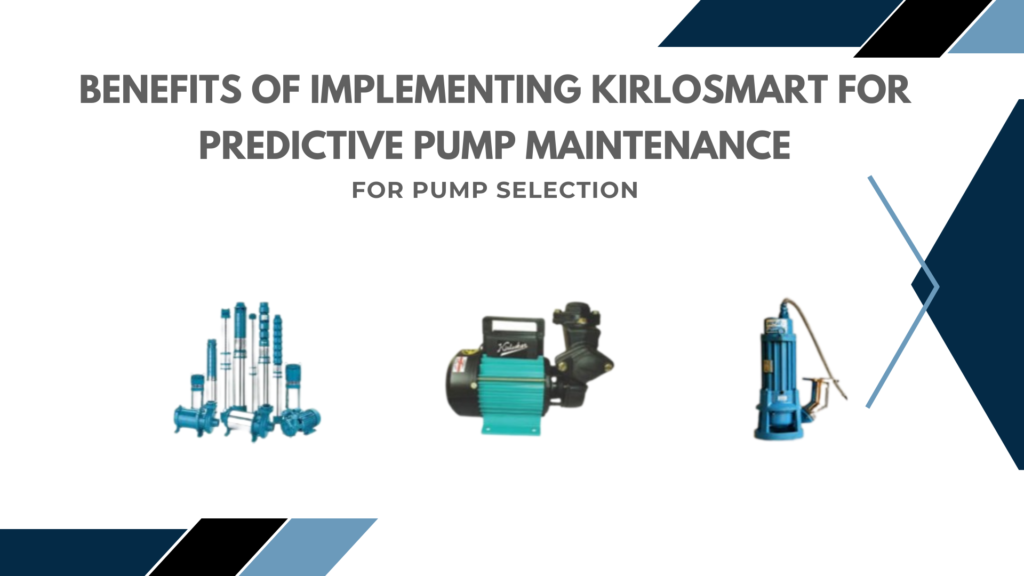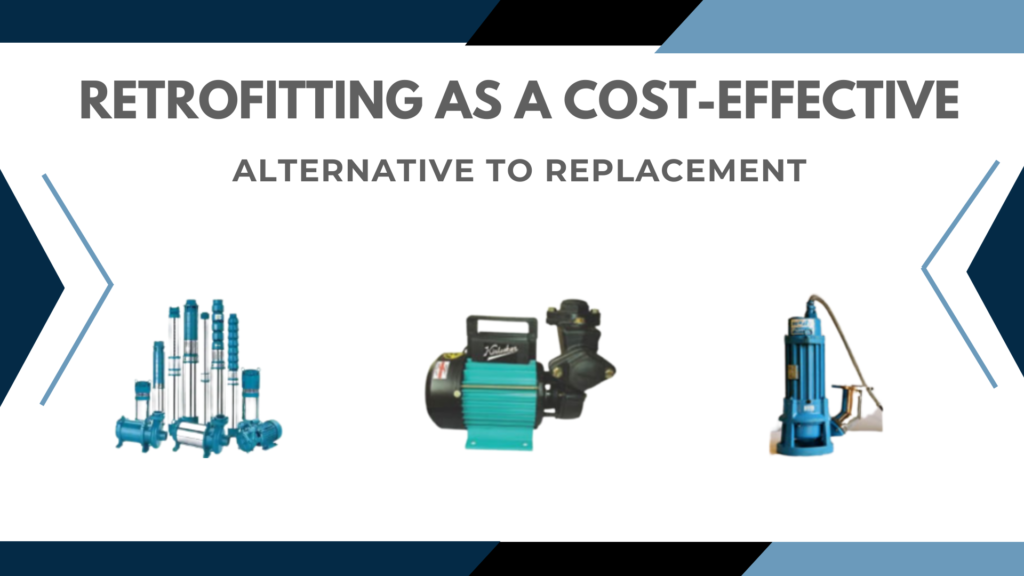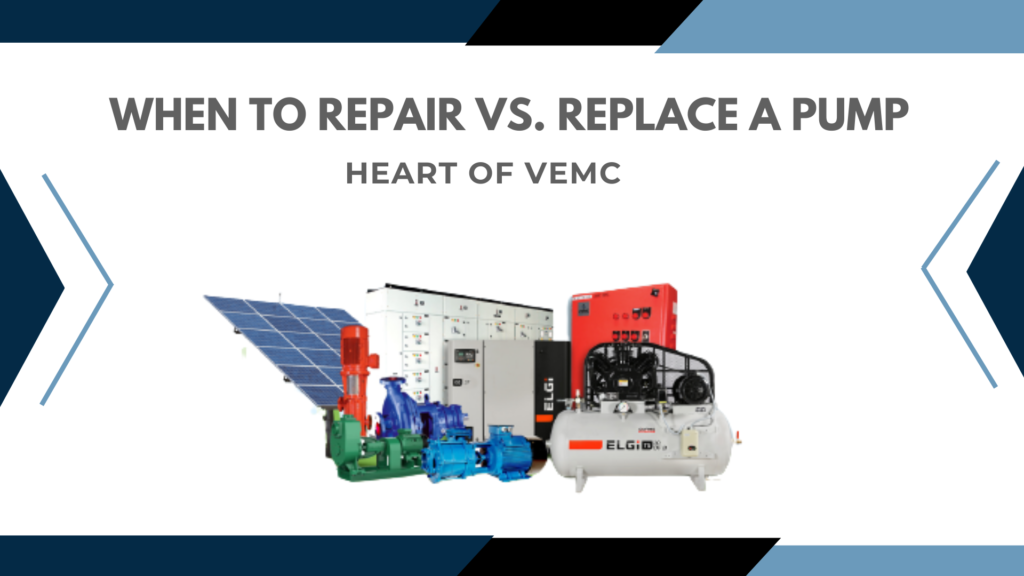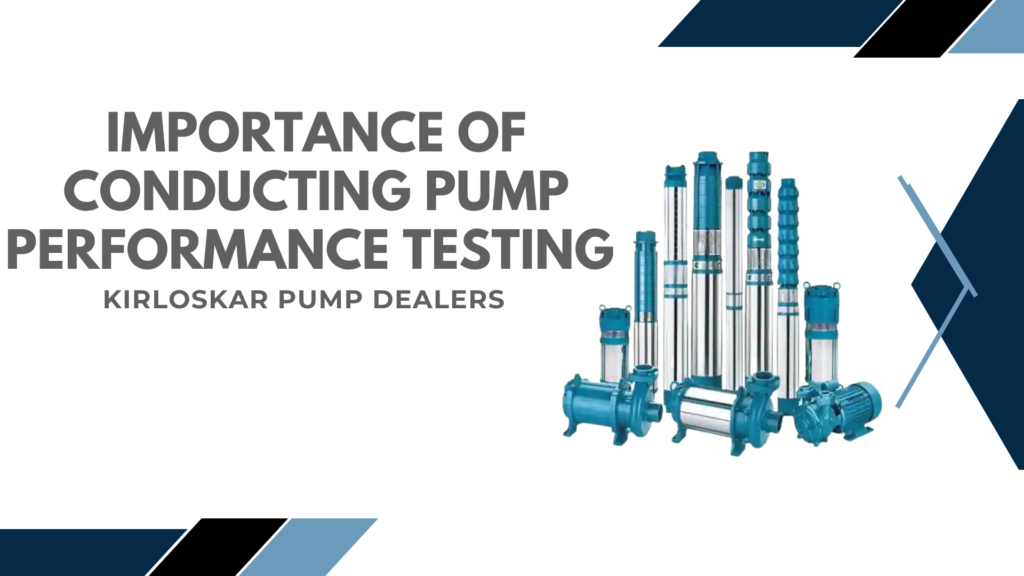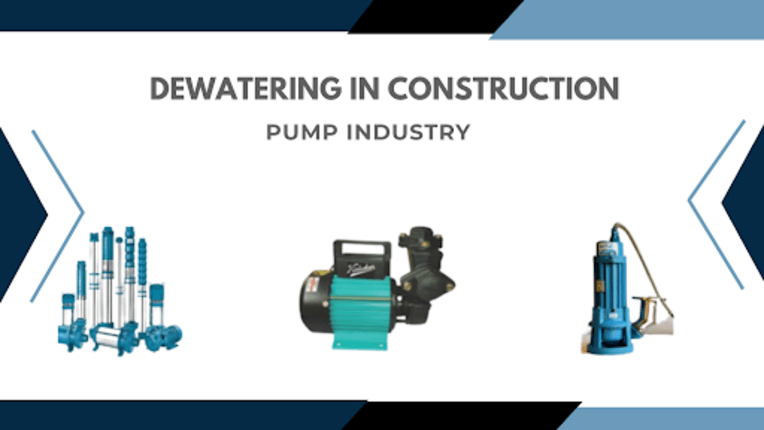
Excavation is a huge part of construction and water logging on the sites is a very common problem. To ensure smooth progress of the project, it is necessary that you manage the groundwater well. However, a number of different dewatering techniques are used, each suitable for a certain set of conditions and project specifications. VEMC is the leading Kirloskar water pump dealer in Mumbai, and in this blog, we tell you all you need to know about dewatering in construction.
Types of dewatering methods
- Subsurface drainage:
This is a drainage method which helps remove water that has percolated into the subgrade. It is used in areas that have a very high water table or receive incredibly heavy rainfall. Subsurface drainage typically has a permeable base to remove water rapidly, a pipe collector system to convey the liquid away, and a filter layer to prevent the clogging of drainage.
- Sump pumps:
This is one of the simplest and most cost-effective methods of dewatering. It involves digging pits in the drainage area to collect water which is then removed by using pumps.
- Wellpoint systems:
A number of small wellpoints are installed around a site. These are connected with a central header pipe which has a vacuum function. Wellpoint systems are great for lowering the groundwater levels and facilitating construction work by creating a dry area.
Selection criteria for dewatering methods based on project specifics
The working conditions and project demands can vary from one construction site to another. The choice for dewatering methods must be made accordingly. For instance:
- In conditions where there’s heavy rainfall, high water table or deep permeable soils, subsurface drainage can be the best option. It is also useful to drain heavy and poorly drained soils, or those that might have an impending layer at some depth, say clay.
- In case of construction sites with shallow excavations and low-permeability, sump pumping can be the most feasible and cost effective method to remove water. However, it carries with it the risks of sudden collapse or erosion.
- In case of shallow excavations or fine-grained soils with low permeability, wellpoint systems can be the method of choice. It is quite cost effective and also easy to install.
Environmental and safety concerns
Dewatering involves significant environmental and safety risks. For example, uncontrolled dewatering can deplete the groundwater of an area. Likewise, it can also cause increased sediment levels in waterways. In cases when seasonal conditions add more surface water to work sites, unmonitored dewatering can have an accidental impact on the environment.
Dewatering could be a dicey activity. To make sure environmental and safety risks are averted, builders must follow proper guidelines. For more on which dewatering method to choose for your construction site, and how to ensure environmental and personal safety, feel free to call us on 022 43436655 or email us at marketing@vemc.co.in. VEMC is one of the top-notch Kirloskar pump dealers in Mumbai with a rich industry experience of over 70 years.


